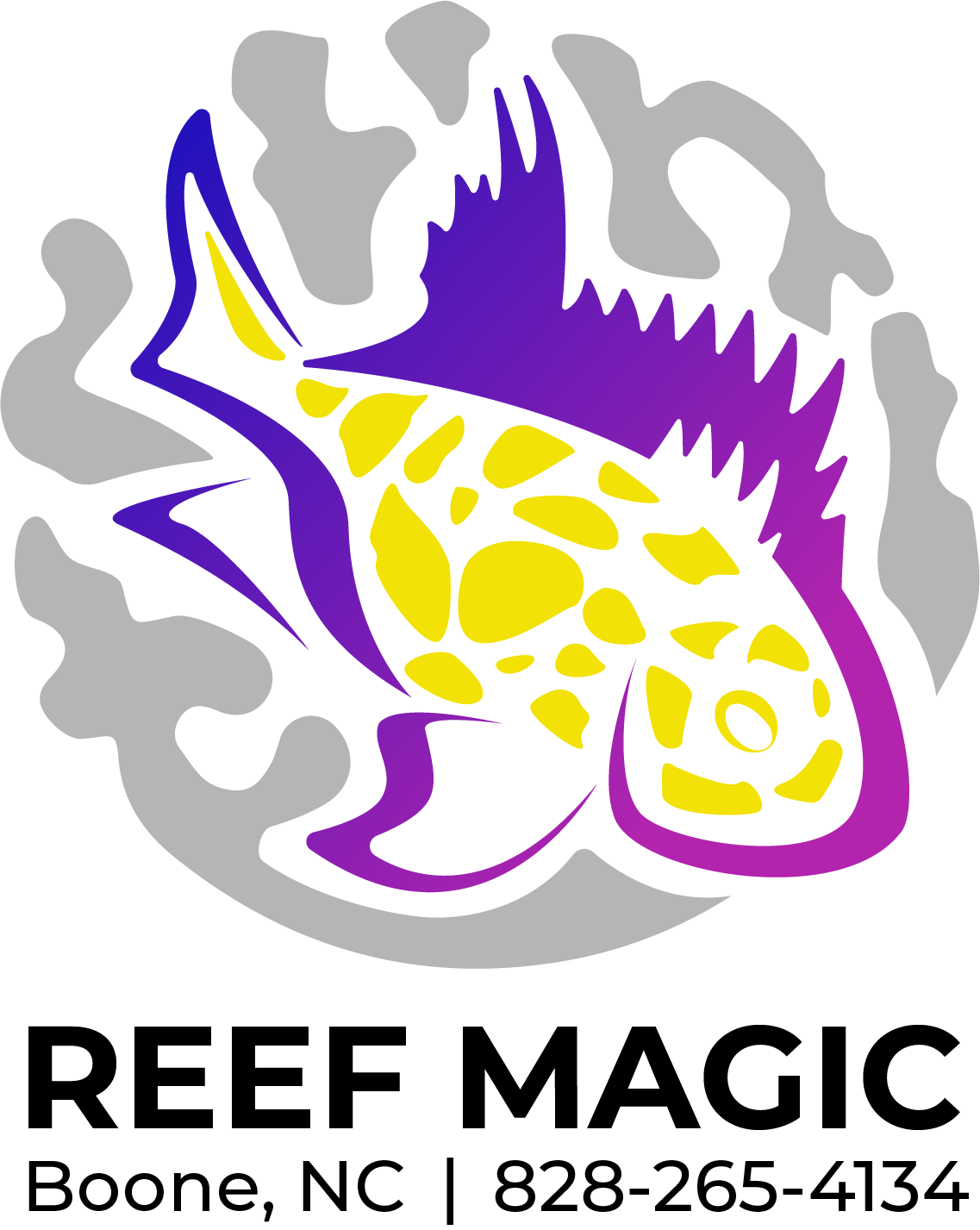 Image 1 of 1
Image 1 of 1


Angels - mixed LG
Species: Freshwater Angelfish (Pterophyllum scalare)
Tank Requirements:
Tank Size: Provide a minimum tank size of 20 gallons for a pair of angelfish. Larger tanks are recommended for a community setup or if you plan to keep multiple angelfish together.
Water Temperature: Maintain a temperature between 78-82°F (25-28°C).
Water Parameters: Aim for a pH level of 6.5-7.5 and a hardness of 3-8 dKH.
Filtration: Install a reliable filtration system to maintain water quality and provide gentle water movement.
Substrate and Decor: Use a fine-grained substrate like sand or small gravel. Include hiding places, plants (live or artificial), and driftwood to create a natural environment and offer shelter.
Feeding:
Diet: Provide a varied diet that includes high-quality flake or pellet food specifically formulated for angelfish. Supplement their diet with frozen or live foods such as bloodworms, brine shrimp, or daphnia.
Feeding Frequency: Feed adult angelfish once or twice a day, offering an amount they can consume within a few minutes. Adjust the quantity based on their appetite and monitor for overfeeding.
Tankmates:
Compatibility: Angelfish are generally peaceful but can become territorial during breeding. Avoid keeping them with aggressive or fin-nipping fish species.
Suitable Tankmates: Good tankmates include peaceful community fish like tetras, rasboras, gouramis, corydoras catfish, and peaceful bottom dwellers.
Maintenance:
Water Changes: Perform regular partial water changes of 25-30% every 1-2 weeks to maintain water quality.
Water Testing: Monitor water parameters using test kits to ensure they remain within the recommended range.
Cleaning: Regularly clean the tank by removing debris, vacuuming the substrate, and cleaning the filter to prevent buildup of waste and maintain water clarity.
Behavior and Health:
Behavior: Angelfish are known for their graceful swimming and can be territorial during breeding. They may also establish a hierarchy if kept in a group.
Signs of Good Health: Look for active behavior, vibrant colors, erect fins, and a healthy appetite. Any unusual behavior or signs of illness (such as loss of appetite, color fading, fin damage, or abnormal growths) should be investigated promptly.
Quarantine: When introducing new fish to the tank, consider quarantining them first to prevent the spread of diseases.
Breeding:
Breeding Conditions: Provide a separate breeding tank with softer, slightly acidic water. Raise the temperature a few degrees and include broad-leaved plants or spawning cones as potential breeding sites.
Pair Bonding: Allow a compatible pair to form a bond, which may involve courtship displays and cleaning potential spawning sites.
Egg Care: After spawning, the parents will guard and fan the eggs. If necessary, you can remove the eggs and place them in a separate tank with gentle filtration until they hatch.
Fry Care: Once the fry hatch, feed them with powdered or liquid fry food until they grow large enough to consume larger foods.
Species: Freshwater Angelfish (Pterophyllum scalare)
Tank Requirements:
Tank Size: Provide a minimum tank size of 20 gallons for a pair of angelfish. Larger tanks are recommended for a community setup or if you plan to keep multiple angelfish together.
Water Temperature: Maintain a temperature between 78-82°F (25-28°C).
Water Parameters: Aim for a pH level of 6.5-7.5 and a hardness of 3-8 dKH.
Filtration: Install a reliable filtration system to maintain water quality and provide gentle water movement.
Substrate and Decor: Use a fine-grained substrate like sand or small gravel. Include hiding places, plants (live or artificial), and driftwood to create a natural environment and offer shelter.
Feeding:
Diet: Provide a varied diet that includes high-quality flake or pellet food specifically formulated for angelfish. Supplement their diet with frozen or live foods such as bloodworms, brine shrimp, or daphnia.
Feeding Frequency: Feed adult angelfish once or twice a day, offering an amount they can consume within a few minutes. Adjust the quantity based on their appetite and monitor for overfeeding.
Tankmates:
Compatibility: Angelfish are generally peaceful but can become territorial during breeding. Avoid keeping them with aggressive or fin-nipping fish species.
Suitable Tankmates: Good tankmates include peaceful community fish like tetras, rasboras, gouramis, corydoras catfish, and peaceful bottom dwellers.
Maintenance:
Water Changes: Perform regular partial water changes of 25-30% every 1-2 weeks to maintain water quality.
Water Testing: Monitor water parameters using test kits to ensure they remain within the recommended range.
Cleaning: Regularly clean the tank by removing debris, vacuuming the substrate, and cleaning the filter to prevent buildup of waste and maintain water clarity.
Behavior and Health:
Behavior: Angelfish are known for their graceful swimming and can be territorial during breeding. They may also establish a hierarchy if kept in a group.
Signs of Good Health: Look for active behavior, vibrant colors, erect fins, and a healthy appetite. Any unusual behavior or signs of illness (such as loss of appetite, color fading, fin damage, or abnormal growths) should be investigated promptly.
Quarantine: When introducing new fish to the tank, consider quarantining them first to prevent the spread of diseases.
Breeding:
Breeding Conditions: Provide a separate breeding tank with softer, slightly acidic water. Raise the temperature a few degrees and include broad-leaved plants or spawning cones as potential breeding sites.
Pair Bonding: Allow a compatible pair to form a bond, which may involve courtship displays and cleaning potential spawning sites.
Egg Care: After spawning, the parents will guard and fan the eggs. If necessary, you can remove the eggs and place them in a separate tank with gentle filtration until they hatch.
Fry Care: Once the fry hatch, feed them with powdered or liquid fry food until they grow large enough to consume larger foods.






